Grady White 180 For Sale – In a world where everything is for sale, it’s easy for the vulnerable and the marginalized to be taken advantage of. There are communities that exist outside the realm of traditional commerce, where sharing, collaboration, and mutual support take precedence over profit. Whether someone is looking to sell their business as part of a strategic decision or to retire, or whether a potential buyer is seeking an opportunity to invest in an established company, the process of buying and selling businesses is a common yet intricate part of the global economy. Vintage clothing, in particular, has gained a significant following, with people seeking out unique, one-of-a-kind pieces that cannot be found in mainstream stores. Whether it’s vintage clothing, antique furniture, or used luxury watches, second-hand goods offer an opportunity for buyers to find quality items that are no longer available in stores. Online marketplaces have opened up opportunities for people to buy and sell goods from the comfort of their own homes. The concept of “for sale” stretches beyond physical items. They also have access to networks of potential buyers and sellers, which can help expedite the sale process and increase the chances of a successful transaction. Cars, too, are often sold with a sense of transition. Many brokers specialize in certain industries or types of businesses, allowing them to better serve their clients by offering specialized knowledge and advice. These generations are more aware of the environmental impact of fast fashion, disposable goods, and the need to adopt more sustainable practices. A piece of furniture, for instance, may hold sentimental value simply because it’s been in the family for generations. When everything becomes a transaction, we risk losing sight of what truly matters. While the sale of a business can provide a valuable opportunity for both parties involved, it also carries risks. The dynamics of a sale can vary dramatically depending on the context. Second-hand goods, especially those that are vintage or antique, often carry a sense of history and craftsmanship that can be missing from mass-produced products. This leads to the accumulation of waste that ends up in landfills, contributing to pollution and the depletion of valuable resources. The “for sale” sign becomes a marker in time, a decision that has been made, signaling that it’s time to move on. The buying and selling of companies, brands, and even entire industries can reshape economies, alter job markets, and redefine how goods and services are delivered. When it’s put up for sale, it can bring with it a sense of loss, as if a piece of the seller’s life is being taken away.

2019 GradyWhite 180 FISHERMAN Center Console for sale YachtWorld
The oldest model listed is a late classic boat built in 1980 and the newest model year of 2026.
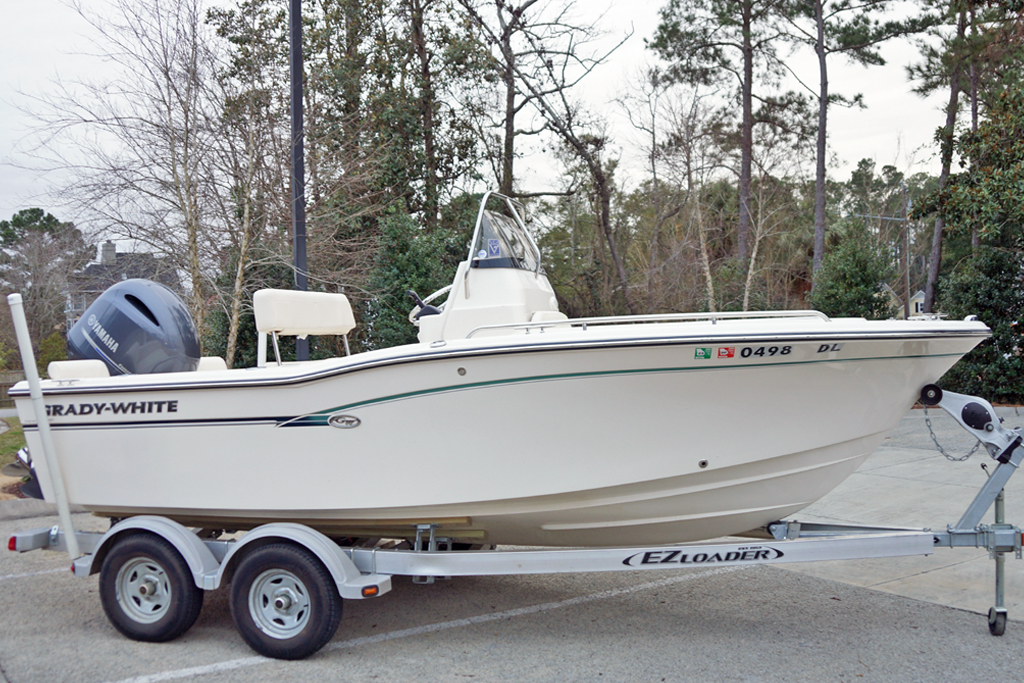
2016 GradyWhite 180 Fisherman For Sale
The oldest model listed is a late classic boat built in 1980 and the newest model year of 2026.
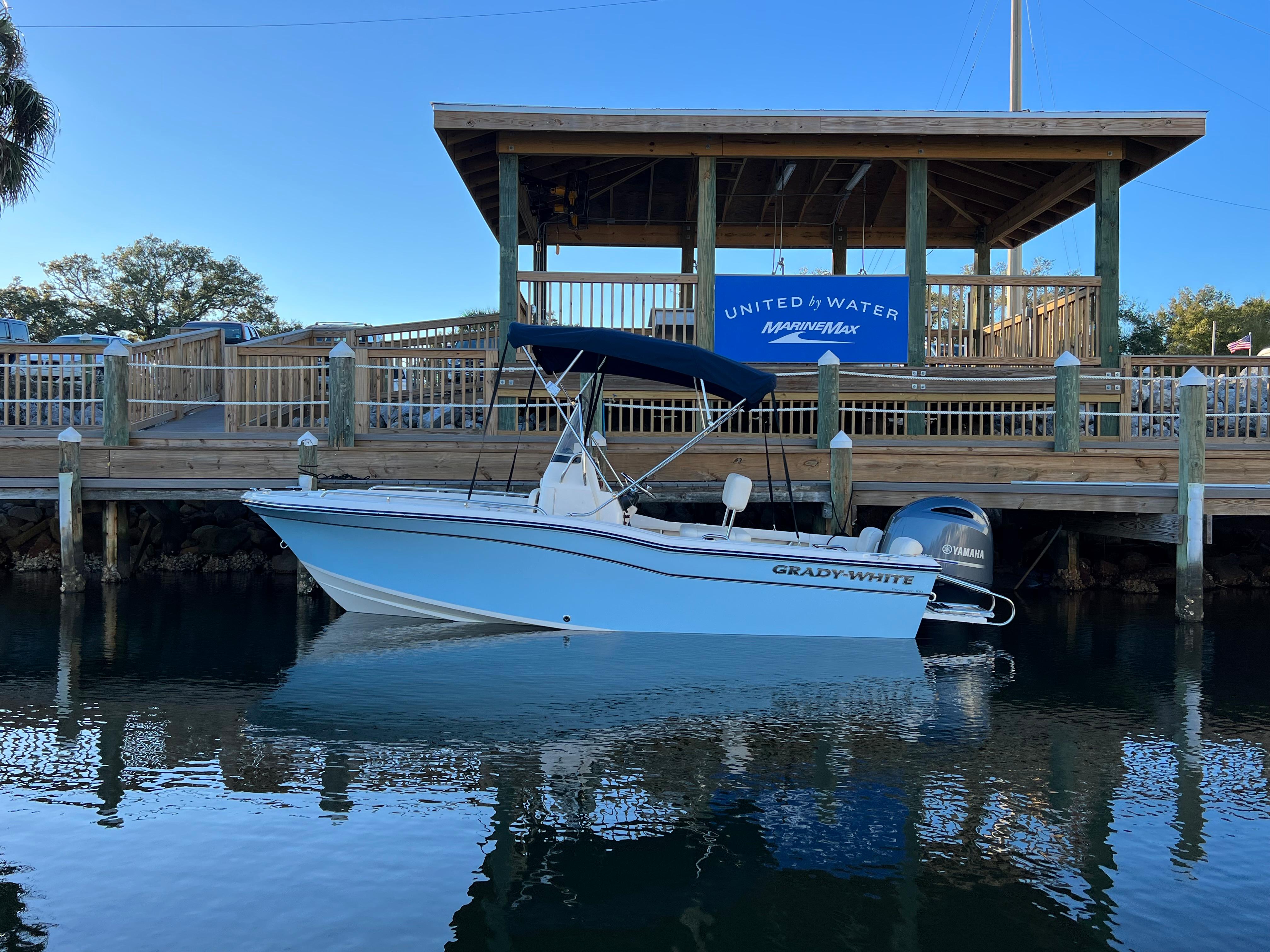
2023 GradyWhite Fisherman 180 Sport Fishing for sale YachtWorld
The oldest model listed is a late classic boat built in 1980 and the newest model year of 2026.

2021 GradyWhite Fisherman 180, Ocean View New Jersey
The oldest model listed is a late classic boat built in 1980 and the newest model year of 2026.
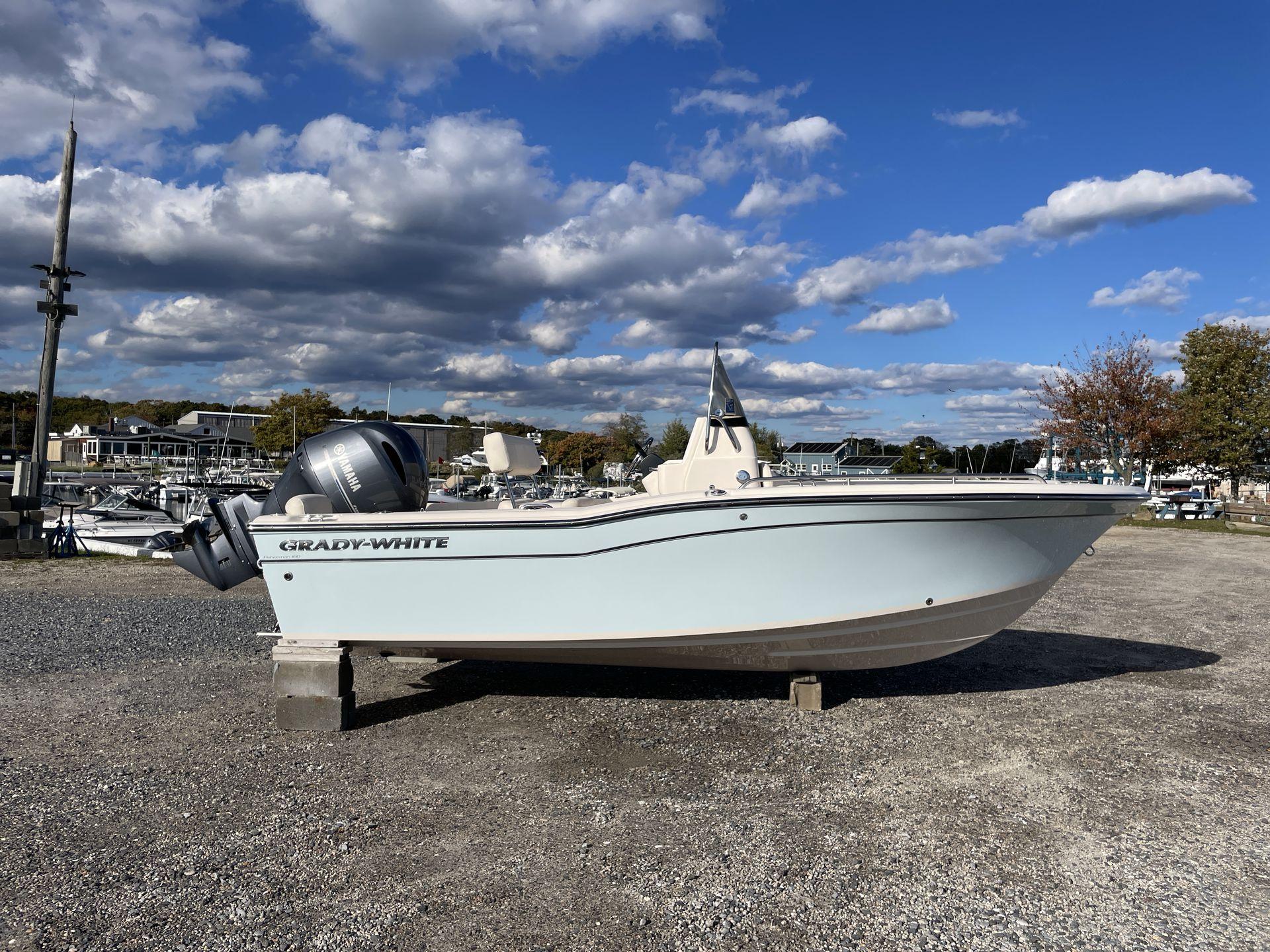
2023 GradyWhite Fisherman 180 Center Console for sale YachtWorld
The oldest model listed is a late classic boat built in 1980 and the newest model year of 2026.

2000 GradyWhite 180 Sportsman Center Console for sale YachtWorld
The oldest model listed is a late classic boat built in 1980 and the newest model year of 2026.
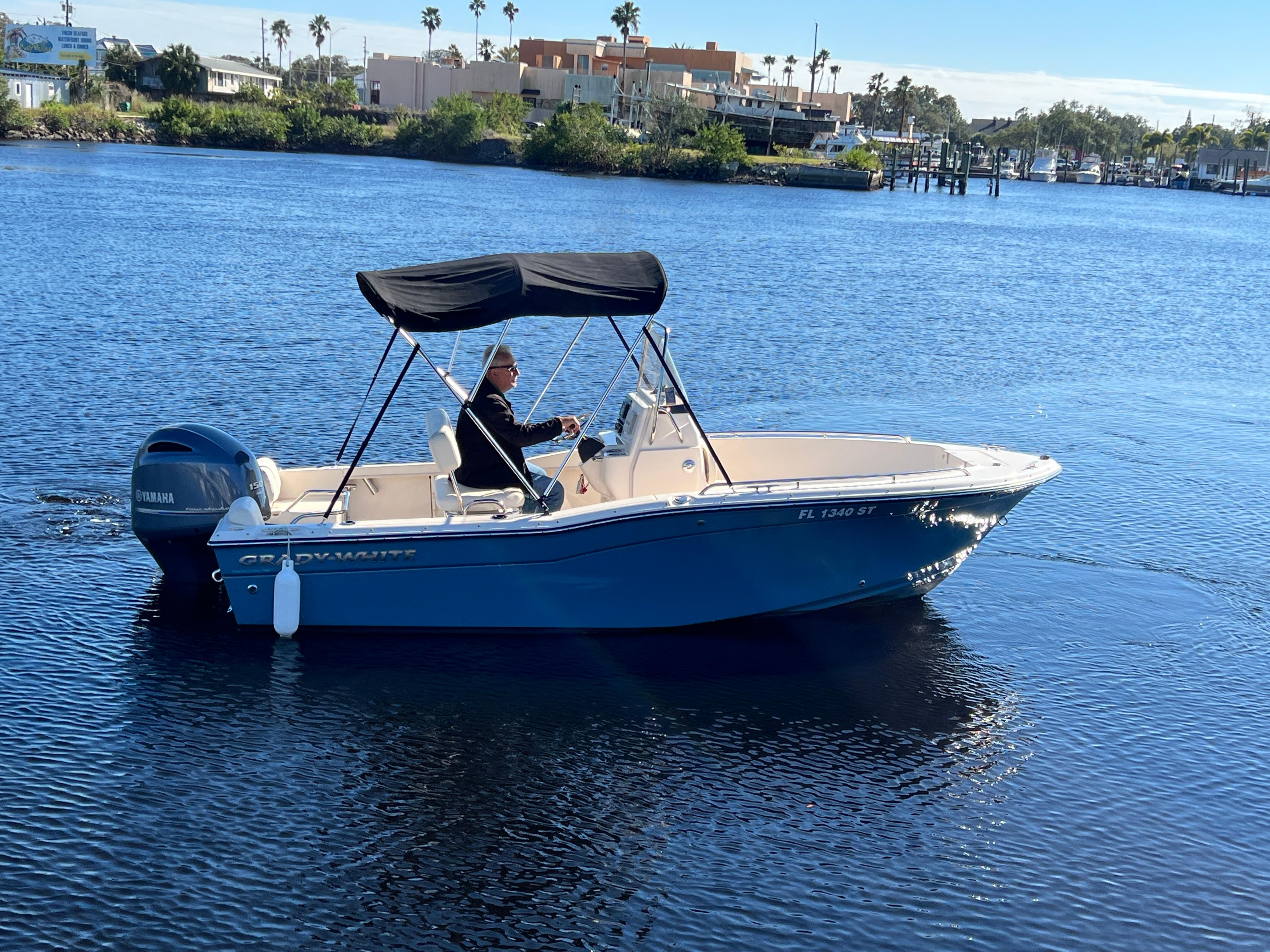
2020 GradyWhite 180 FISHERMAN Centre Console for sale YachtWorld
The oldest model listed is a late classic boat built in 1980 and the newest model year of 2026.
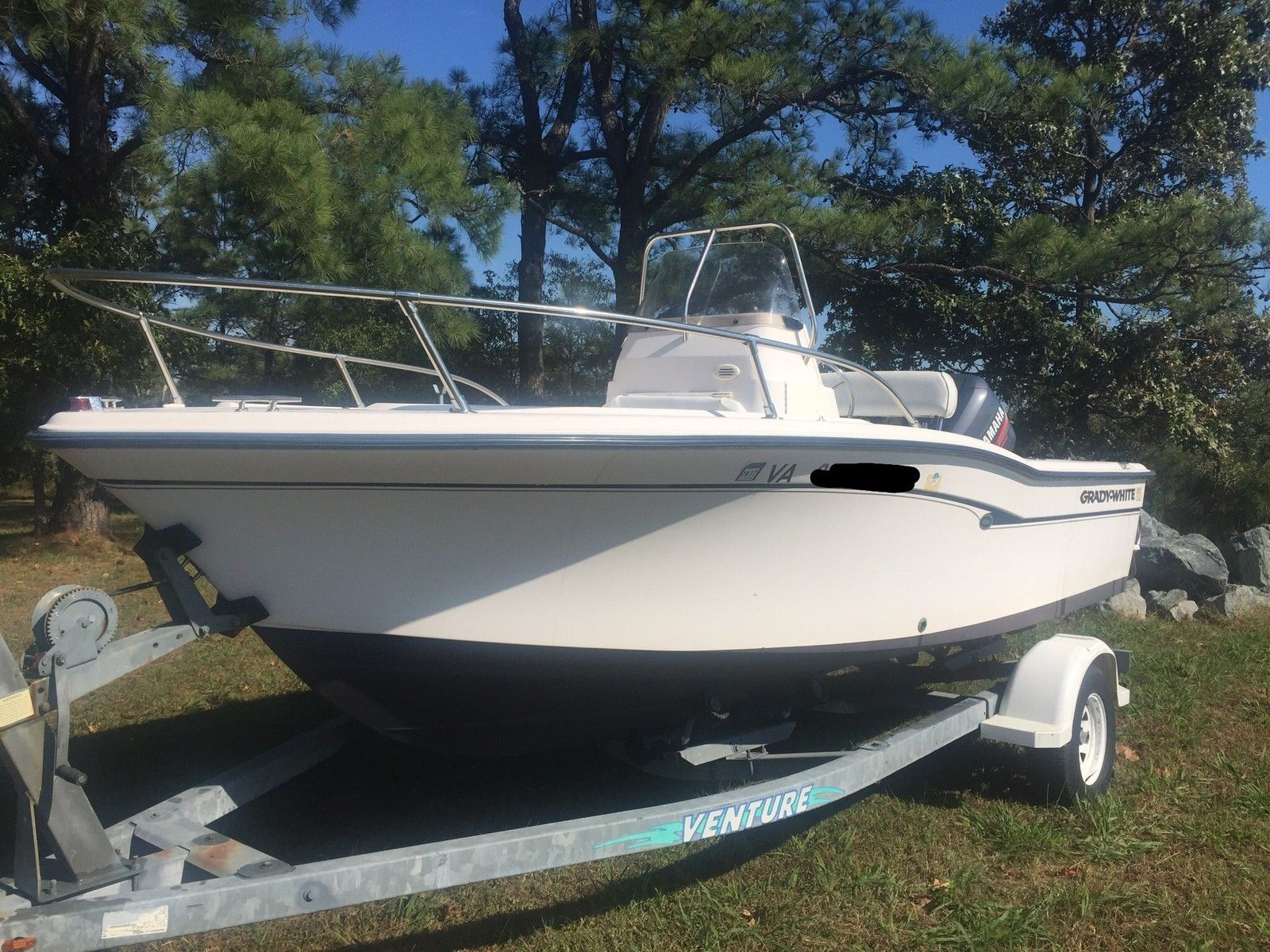
Grady White 180 Sportsman 2000 for sale for 10,500
The oldest model listed is a late classic boat built in 1980 and the newest model year of 2026.

1998 GradyWhite 180 Sportsman CC Saltwater Fishing for sale YachtWorld
The oldest model listed is a late classic boat built in 1980 and the newest model year of 2026.
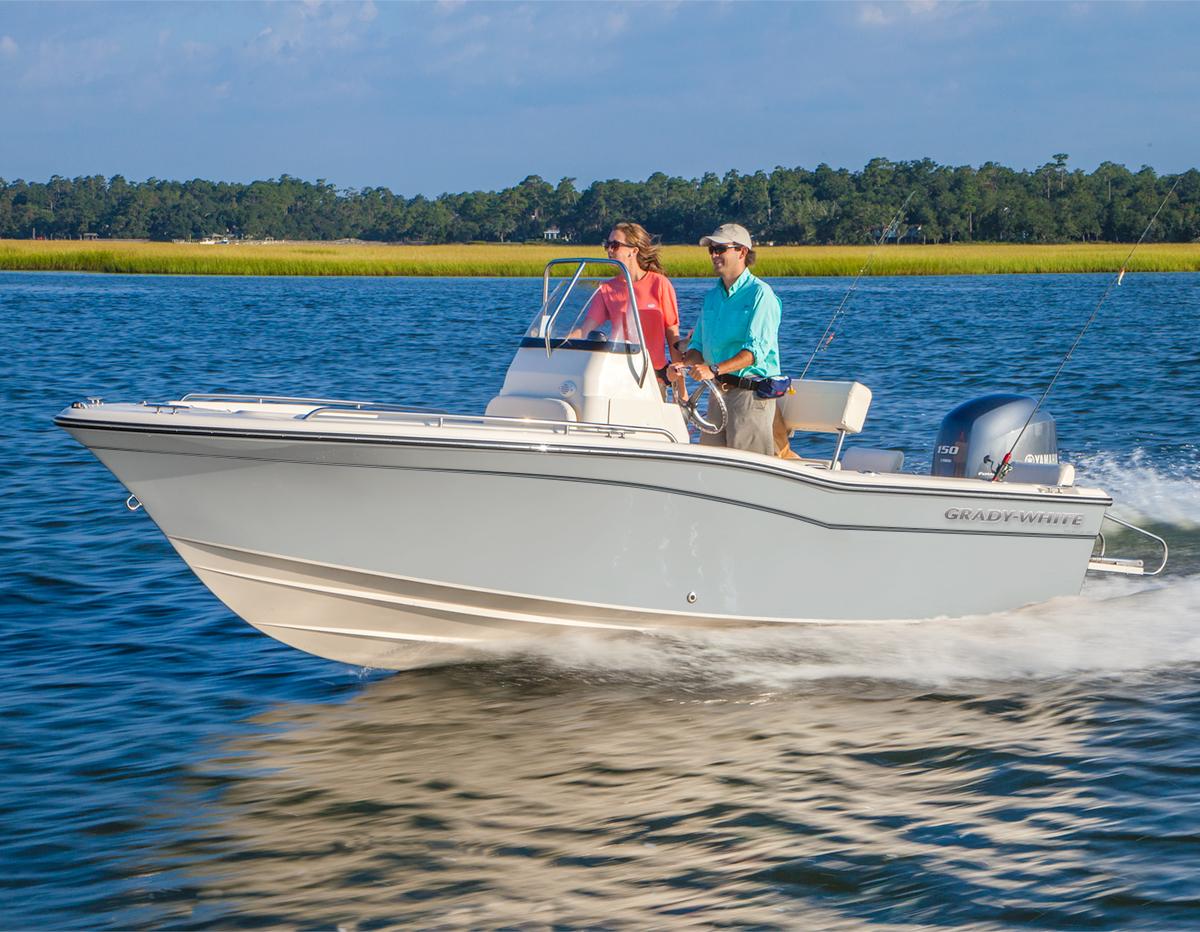
2023 GradyWhite 180 Center Console for sale YachtWorld
The oldest model listed is a late classic boat built in 1980 and the newest model year of 2026.
The rise of minimalist living, which emphasizes owning fewer, more meaningful possessions, has played a role in this shift. The world may increasingly operate under the assumption that everything is for sale, but the human spirit, with its capacity for love, creativity, and compassion, refuses to be bought. The appeal of finding a hidden gem, something that has been cherished by someone else and is now available for a new owner, is a part of the allure of second-hand goods. But in reality, even the most profound relationships can be commodified in some way. A home is more than just walls and a roof; it’s where memories are made, where families grow, and where life unfolds. Many online platforms also allow buyers and sellers to leave feedback and reviews, helping to build trust and credibility in the transaction. Success after the acquisition depends on a variety of factors, such as effective leadership, market conditions, and the buyer’s ability to make improvements and capitalize on growth opportunities. It is only through diligent research that a buyer can truly determine whether the business is worth the asking price. In some cases, a business may look profitable but may be hiding significant underlying issues, such as declining sales, ineffective marketing strategies, or employee dissatisfaction. In a world dominated by fast fashion, disposable electronics, and mass-produced items, many people are beginning to question the value of constantly purchasing new products. With the rise of online platforms and a growing cultural shift toward sustainability, the second-hand market continues to thrive, providing consumers with more options and opportunities than ever before. Are there things that should be kept beyond the realm of trade? Or has the marketplace — with its insatiable demand and promise of exchange — seeped into every facet of our being?
If everything is for sale, then the concept of value itself becomes fluid, subjective, and often manipulated. Technological advancements and shifts in consumer behavior can also impact the types of businesses that buyers are interested in. But in the end, whether it’s an item or an individual, the process of being “for sale” is a negotiation of worth, a moment of exchange. When a car is put up for sale, it can feel like letting go of a part of one’s journey. Whether buying vintage clothing, upcycled furniture, or pre-owned electronics, the growing popularity of second-hand shopping reflects a broader desire for more sustainable, creative, and conscious ways of living. People can be bought and sold in the form of labor, for example, and loyalty can be traded for material gain. For example, an old wooden chair might be sanded down and refinished into a modern piece of furniture, or a vintage dress might be altered to fit a contemporary style. Online platforms also offer the convenience of searching for specific items, whether it’s a rare collector’s item, a particular brand of clothing, or a piece of furniture that fits a specific design style. On the other hand, traditional industries such as brick-and-mortar retail or manufacturing may face challenges, with many businesses in these sectors looking to sell or transition due to changing market conditions.
Additionally, there is the challenge of integrating the business into their existing operations and ensuring that it continues to thrive under new ownership. This sense of connection can also extend to the broader culture of quality goods, where consumers and creators share a commitment to excellence and a desire to preserve the craft and tradition behind these products. For many people, there is something uniquely satisfying about sifting through racks of clothes, rummaging through bins of books, or browsing shelves of home goods in search of that perfect item. The second-hand market is not just about saving money; it’s about embracing a more sustainable, mindful way of consuming that values reuse, repurposing, and the stories behind the items we choose to keep. In this sense, online second-hand markets have not only made pre-owned goods more accessible but have also made them more desirable, offering an alternative to the mass-produced, one-size-fits-all nature of new products. In a circular economy, items are kept in use for as long as possible, reducing the need for new resources and minimizing environmental harm. But is this a reflection of reality? Or is it an illusion we’ve created, an idea we’ve accepted in order to make sense of a world that increasingly revolves around consumption and profit?
At the core of this idea lies the assumption that everything, no matter how unique or rare, can be exchanged. Relationships can become transactional, where each party enters into an agreement based on what they stand to gain. Thrift stores, estate sales, and online marketplaces are excellent places to find second-hand furniture, with options ranging from antique and vintage pieces to more contemporary items. A well-made product simply performs better. Manufacturing new items requires energy, raw materials, and natural resources, all of which contribute to environmental degradation. The concept of a circular economy, where products are reused and repurposed instead of discarded, is central to the appeal of second-hand goods. It’s a constant negotiation, where both parties seek to align their perceptions of worth and reach an agreement that satisfies both sides. Upcycling is a great way to make the most out of second-hand goods, adding both value and meaning to the items that are being repurposed. This can be particularly advantageous for entrepreneurs who might have experience in business operations but lack the time or resources to build a new venture from the ground up. It is only through diligent research that a buyer can truly determine whether the business is worth the asking price. It is subjective, shaped by cultural norms, individual preferences, and the evolving standards of various industries. This revival can be attributed to a combination of economic factors, growing awareness of environmental issues, and a shift in consumer attitudes toward sustainability and the value of pre-owned items. A home, a car, a piece of jewelry, a moment in time, a relationship — all of these things, at some point, become commodities. The perceived high cost of these items has led some to opt for cheaper alternatives.